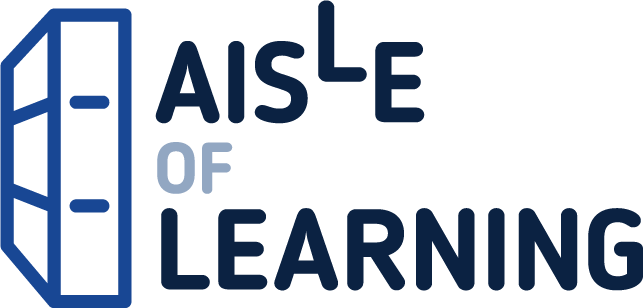An informal and highly accessible writing style, a simple treatment of mathematics, and clear guide to applications have made this book a classic text in electrical and electronic engineering. Students will find it both readable and comprehensive. The fundamental ideas relevant to the understanding of the electrical properties of materials are emphasized; in addition, topics are selected in order to explain the operation of devices having applications (or possible future applications) in engineering. The mathematics, kept deliberately to a minimum, is well within the grasp of a second-year student. This is achieved by choosing the simplest model that can display the essential properties of a phenomenom, and then examining the difference between the ideal and the actual behaviour. The whole text is designed as an undergraduate course. However most individual sections are self contained and can be used as background reading in graduate courses, and for interested persons who want to explore advances in microelectronics, lasers, nanotechnology, and several other topics that impinge on modern life. To request a copy of the Solutions Manual, visit http://global.oup.com/uk/academic/physics/admin/solutions.
Electrical Properties of Materials
$150.00
This book provides advanced instruction in electrical properties, supporting higher-level physics or engineering curricula.
Additional information
| Weight | 1.315 lbs |
|---|---|
| Dimensions | 24.6 × 3.3 × 19.6 in |
Electrical Properties of Materials
$42.39
This eBook serves as a textbook for advanced physics or engineering studies, covering the electrical properties of materials.
An informal and highly accessible writing style, a simple treatment of mathematics, and clear guide to applications have made this book a classic text in electrical and electronic engineering. The fundamental ideas relevant to the understanding of the electrical properties of materials are emphasized; in addition, topics are selected in order to explain the operation of devices having applications (or possible future applications) in engineering. The mathematics,
kept deliberately to a minimum, is well within the grasp of undergraduate students. This is achieved by choosing the simplest model that can display the essential properties of a phenomenom, and then examining the difference between the ideal and the actual behaviour.
The whole text is designed as an undergraduate course. However most individual sections are self contained and can be used as background reading in graduate courses, and for interested persons who want to explore advances in microelectronics, lasers, nanotechnology, and several other topics that impinge on modern life.
Reviews
There are no reviews yet.











Reviews
There are no reviews yet.